General Election: All the constituency changes to where we will be voting in Bristol and the West of England
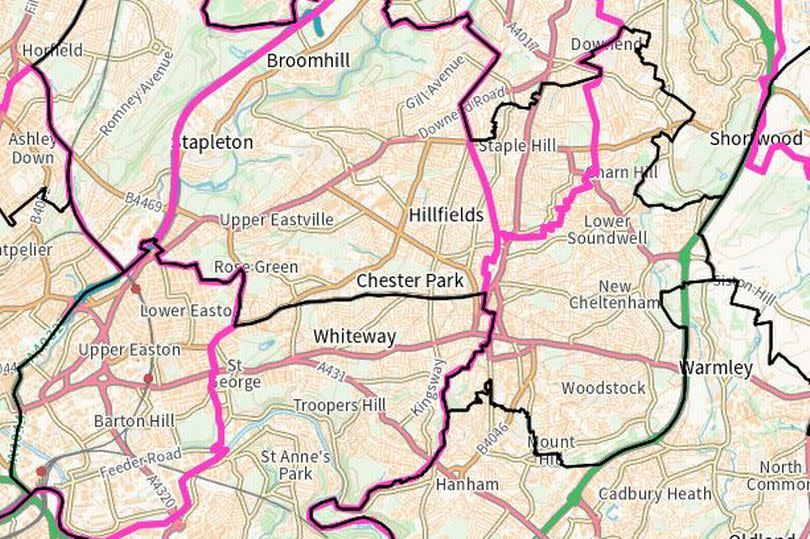
Hundreds of thousands of voters in the West Country will be heading to the ballot box at the General Election in July voting in a different constituency and potentially for a different MP, after one of the biggest reorganisations of parliamentary areas for decades.
Voters go to the polls for a July General Election for the first time since 1945, but this will also be the first General Election held after the Boundary Commission’s recent major changes. And while voters across Bristol, South Gloucestershire, North Somerset and North East Somerset are likely to be casting their ballots in the same polling stations as before, the goalposts and sometimes even the whole playing field, may well have moved underneath them.
So what are the changes? How has the constituency where you live and vote changed, and how might that impact on the votes and results come the morning of July 5?
General Election 2024: Why Bristol Central is Britain's most interesting battleground
Read more: Norris v Rees Mogg - the 'two-job rerun' 14 years in the making
The changes were instigated because the population of the West of England is increasing, in comparison with places like London, the South East and the East of England. Put simply, there were too many people voting in the constituencies in and around Bristol, compared with less densely-populated areas.
The optimum average number of voters in each constituency that the Boundary Commission are aiming for is around 60-70,000, but, as an example, the population of the central area of Bristol has risen so much, that in the 2019 General Election, the constituency called Bristol West had just a few short of 100,000 on the electoral roll.
So new, geographically smaller constituencies have been created and every single constituency in our area is affected.
Bristol Central
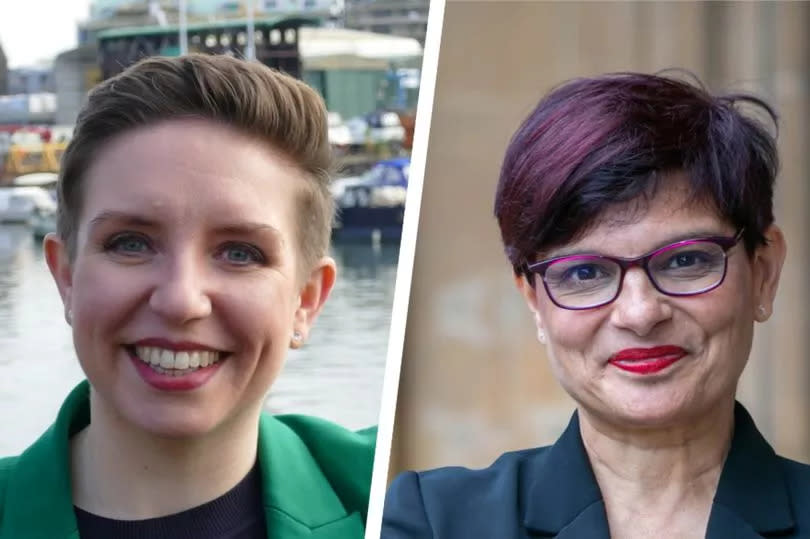
What it was: Everywhere now in Bristol Central was previously in Bristol West. This slimmed down constituency is now everything in the following areas of Bristol - Hotwells & Harbourside, Central, Clifton, Clifton Down, Clifton Village, Cliftonwood, Spike Island, the city centre, Redcliffe, St Pauls, St Werburghs, Montpelier, Cotham, Kingsdown, Redland and Bishopston. It’s basically everything north of the New Cut River Avon, west of Temple Way and the M32.
What’s moved out of the old Bristol West are: Ashley Down (to Bristol North West), Easton, Barton Hill, Redfield, Lawrence Hill, The Dings, St Jude’s and Old Market, which are now in Bristol East.
What will it mean? Bristol Central is now, like Bristol West was, one of the Green Party’s top target seats across the country. The Greens, and some independent pollsters, speculate that moving the areas east of the M32 and Temple Meads out of the constituency, reduces Labour ’s majority, giving the Green candidate Carla Denyer a better chance to overturn Thangam Debbonaire’s big Labour majority. Read more about that battle here.
Bristol South
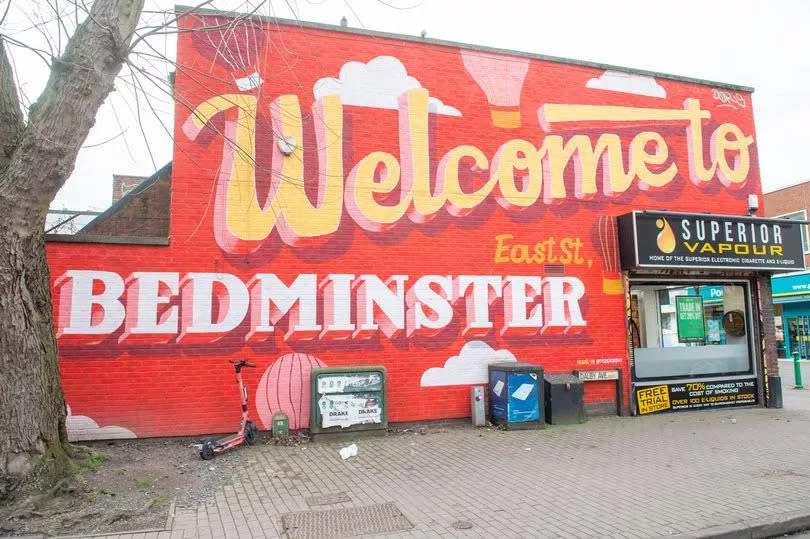
A Labour stronghold for almost 100 years, not too much has changed with Bristol South this time around. The only change is that the boundary line between Bristol South and Bristol East has been moved, with Knowle - on both sides of the Wells Road - moving across into Bristol East. Now, everyone east of Wedmore Vale and Ilminster Avenue will find themselves voting in Bristol East rather than Bristol South, and that means thousands of people who live in Knowle Park, around Redcatch Park and the Upper Knowle part at the top of the hill.
So Bristol South still includes: Bedminster, Southville, Totterdown, Windmill Hill, Ashton, Ashton Vale, Bedminster Down, Bishopsworth, Hengrove, Hartcliffe, Knowle West, Bishopsworth, Headley Park, Withywood and Highridge.
What will it mean? A slimmed down Bristol South without Knowle and Knowle Park shouldn’t make too much difference to the make-up of the constituency.
Bristol East
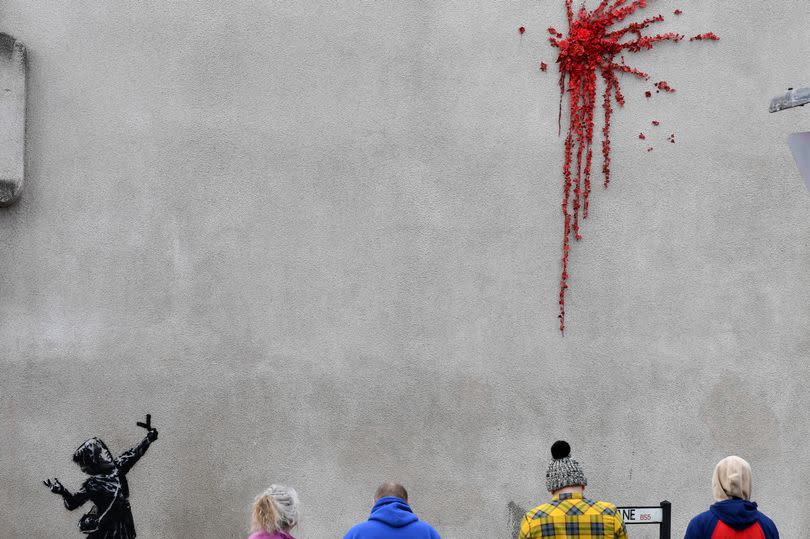
Another constituency that’s smaller than before, due to the increasing population. It’s a quirk of the naming, that geographically, most of Bristol East is south of the river. The new Bristol East has gained Easton, Barton Hill, Lawrence Hill and St Phillips from the centre, and Knowle from Bristol South, and as before, includes a long thin area from Stockwood, Brislington and St Anne’s up to Whiteway and Two Mile Hill.
However, tens of thousands of voters who might have thought they were in Bristol East have now been moved. Everyone in Hillfields, Speedwell, Rose Green, Eastville, Stapleton, Fishponds, Broomhill and around Vassals Park are now in a completely new constituency, Bristol North East.
What will it mean? Another ‘safe’ Labour seat, long-standing Labour MP Kerry McCarthy is standing again. Pollsters are predicting another Labour win.
Bristol North East
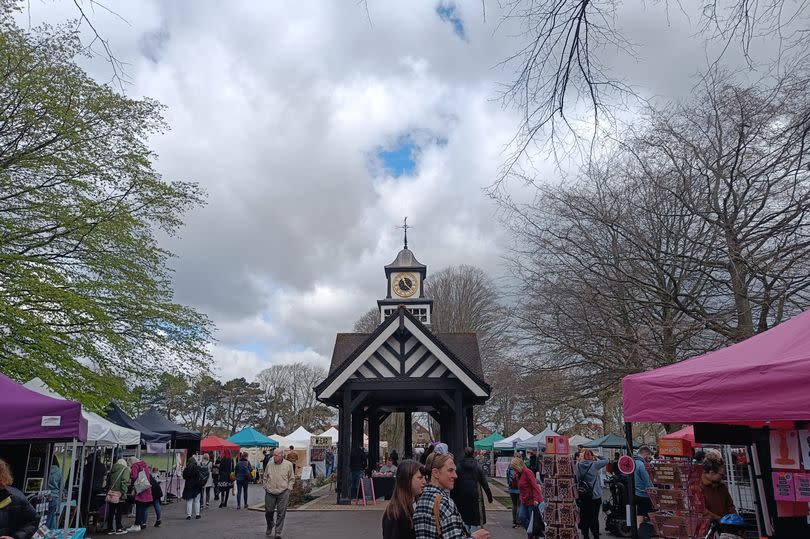
The new, fifth seat for Bristol. This seat was created because Bristol’s population has grown so much, and the new seat - for the first time in decades - covers an area both inside the city boundary and outside. It starts halfway along Stapleton Road in Easton, and also covers some of an area that was in Bristol North West - Lockleaze and a bit of Horfield on the east side of Filton Avenue.
Then it takes in the northern half of what was Bristol East, so that’s Stapleton, Eastville, Speedwell, Hillfields, Fishponds. And then it crosses into South Gloucestershire to include a lot of what was Kingswood - so that’s Staple Hill, Northcote Road, the south of Downend, Soundwell, Hopewell Hill, New Cheltenham, Warmley Hill (but not Warmley itself), Woodstock and Kingswood. It’s a big new constituency that will only come into existence on July 4.
What will it mean? This could have been where recently-departed Mayor of Bristol Marvin Rees continued his political career but Labour members in the new constituency selected Damien Egan - the mayor of Lewisham at the time - instead. Mr Egan then won the unexpected Kingswood by-election at the start of this year, and he’s the candidate for Labour in the new seat. It’s thought of as somewhere Labour would expect to win, while the Conservatives will only hope to win it.
Bristol North West
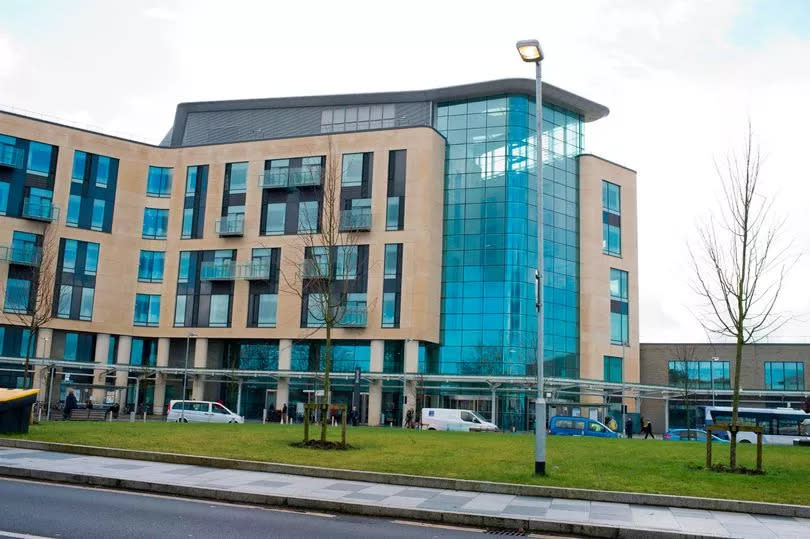
A slightly slimmed-down Bristol North West is one of the areas that has changed the least in the big Boundary Commission redrawing. If you were in Bristol North West before - where Labour’s Darren Jones has been the MP since 2017 - then it’s likely you will be again. The only changes are twofold: Firstly, the constituency no longer includes anything west of the M32. So Lockleaze, the homes west of the Eastville M32 junction, Muller Road and up to Filton Avenue have been from Bristol North West and are now in Bristol North East.
Secondly, Ashley Down and the area west of Gloucester Road around Longmead Avenue have moved from what was Bristol West and are now in Bristol North West.
What will it mean? This was for a long time a Conservative-Labour marginal. It still is - Darren Jones is defending a majority of 5,692 over the Conservatives, with Tory candidate Laura Saunders hoping for an upset.
Filton and Bradley Stoke
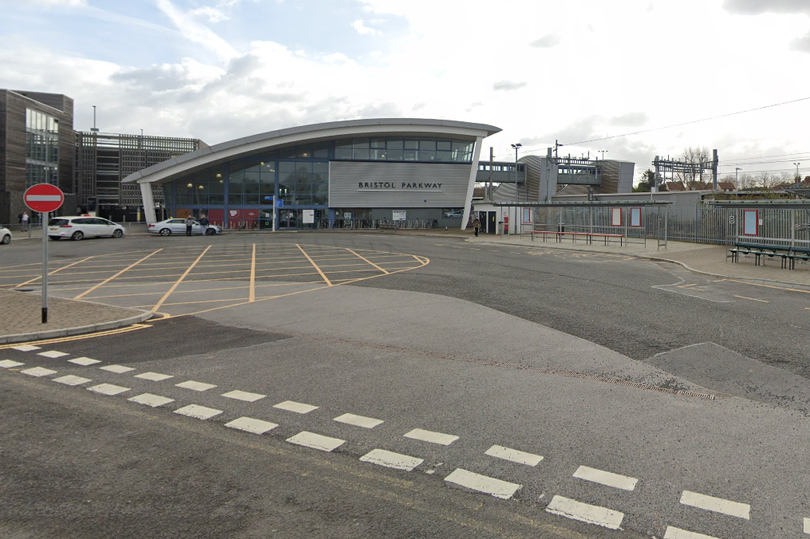
Geographically, the new Filton and Bradley Stoke constituency has lost a lot of land, but not that many voters. It roughly covers the same area, and still includes: Cribbs Causeway, Filton, Harry Stoke, Bradley Stoke, Hambrook, Frenchay, Moorend, Winterbourne and the bottom of Downend.
If you live in Filton and Bradley Stoke on the north west side of the M5 - in Hallen, Easter Compton, Marsh Common, Severn Beach, Almondsbury, Redwick and Pilning - you’ve moved and you’re now in Thornbury and Yate.
Down in the newer areas of north east Bristol - Lyde Green, Blackhorse, either side of the ring road up to Willy Wicket, and down as far south as Rodway Hill, all that has been moved into Filton and Bradley Stoke (from the old Kingswood seat)
What will it mean? Losing rural areas to the west of the M5 and gaining new build estates like Lyde Green and the estates of Emersons Green could put sitting Conservative MP Jack Lopresti at a disadvantage. Labour candidate Claire Hazelgrove is campaigning hard to overturn a 5,000 majority that could be automatically cut by the boundary changes.
Thornbury and Yate
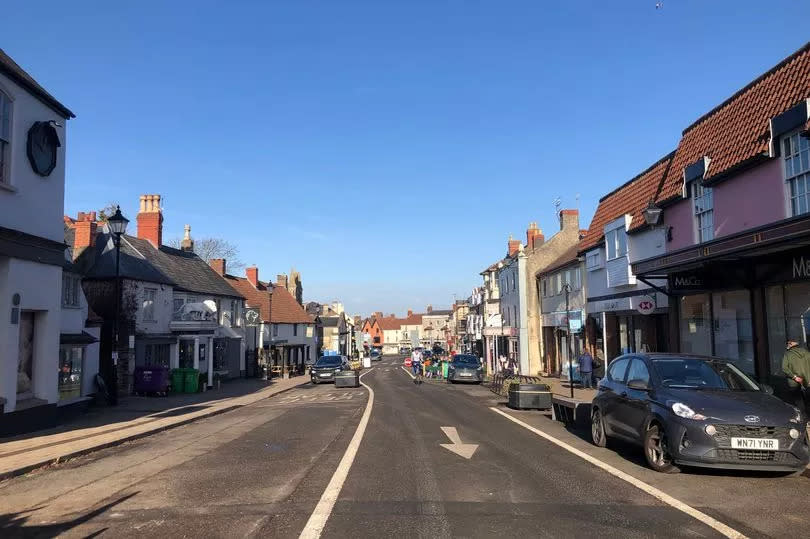
The large, largely rural constituency that includes pretty much most of South Gloucestershire that’s not part of the urban part of Bristol. It’s got the same boundaries to the north, east and south with Gloucestershire, Wiltshire and Somerset, but now includes the village of Siston and Bridgeyate down near Warmley and now also includes everything in South Gloucestershire that’s north west of the M5 from Almondsbury down to Hallen on the edge of Bristol.
What will it mean? Tory Luke Hall won it narrowly from Lib Dem Steve Webb in 2015 - by just 1,500 votes - and subsequently increased his majority in the next two elections to more than 12,000, making it a fairly safe Conservative seat. Lib Dem Claire Young, who stood in both 2017 and 2019, will be hoping for a big swing in her favour this time on July 4.
North East Somerset and Hanham
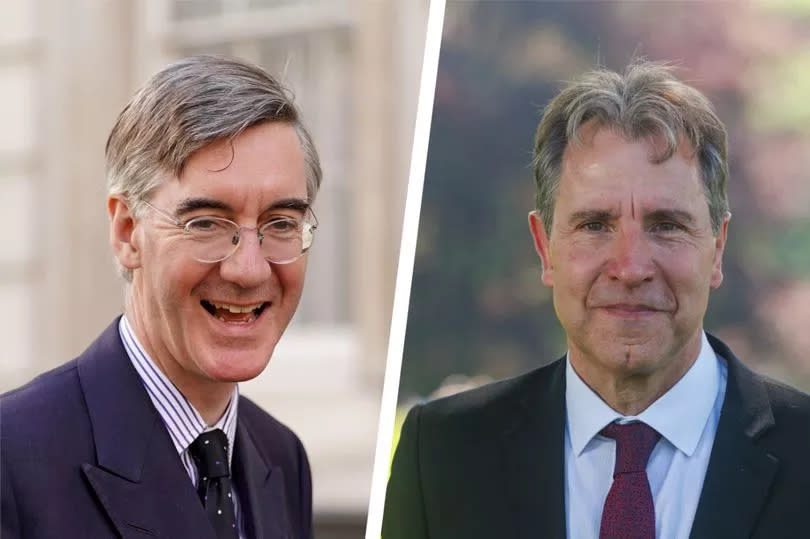
Another ‘new’ constituency, the changes to the old North East Somerset seat held since 2010 by Jacob Rees Mogg have been deemed important enough to necessitate a new name. That’s because, for the first time in a long, long time, this seat crosses the River Avon and includes a big area in South Gloucestershire, so it simply couldn’t just continue being North East Somerset any more.
Half of the voters from Kingswood - the southern half - are now in this new seat, including Hanham, Stone Hill, Longwell Green, Cadbury Heath, Oldland and Oldland Common, North Common, Warmley and the villages of Bitton and Upton Cheyney.
The main constituency still includes Keynsham, Whitchurch Village and down into the Chew Valley to Compton Martin, Nempnett Thrubwell, Ubley, Chew Stoke, East Harptree, Hinton Blewett, Paulton and Farrington Gurney.
But perhaps the biggest change comes not up near Bristol but on the other side. Almost half of Jacob Rees Mogg’s old North East Somerset constituency has moved into another new area - Frome and East Somerset. So if you’re living in Midsomer Norton, Radstock, Peasedown St John, Priston, Marksbury, Wellow, and the area south of Bath, you’re no longer in this constituency.
What will it mean? When this was called Wansdyke, Labour’s Dan Norris won it from 1997 until it was tweaked into North East Somerset, and Jacob Rees Mogg won for the Conservatives. Now it’s North East Somerset and Hanham, and the 2010 rematch between Norris and Rees-Mogg is back on. The boundary changes actually make this more of a safe Conservative seat, pollsters have judged. Losing traditional Labour old mining towns like Midsomer Norton, Radstock and Peasedown will help the Tories, but if there is hope for Dan Norris, it’s that traditionally Labour areas like Cadbury Heath and Oldland Common will back him.
North Somerset
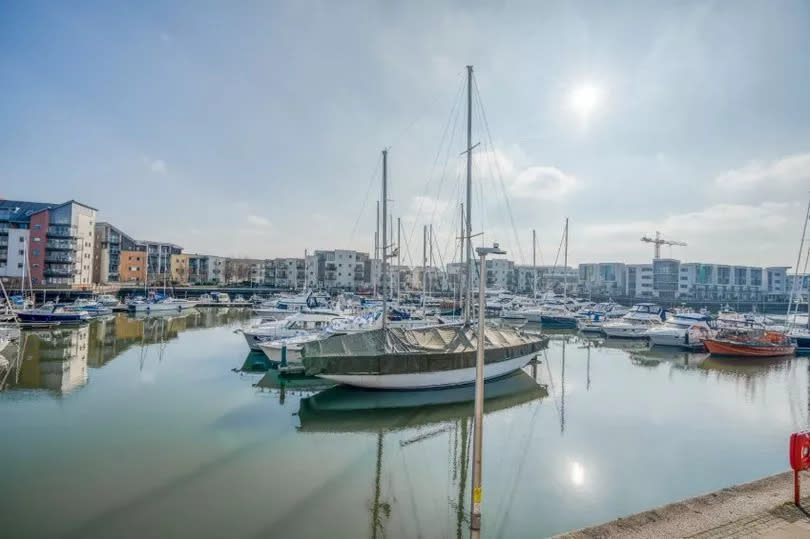
A Conservative safe seat that includes everything to the south and south west of Bristol, from Dundry, Long Ashton, Winford and Bristol Airport, over to Nailsea, Backwell, Pill, Portishead and Clevedon - and all the villages in between.
The only change at all to this seat is, like most, it’s got smaller. The villages in the far south west between Clevedon and Weston - so that’s Kenn, Kingston Seymour, Yatton and Claverham - have been moved to join the new constituency of Wells and Mendip Hills.
What will it mean? Sitting Conservative MP Liam Fox has a massive 17,536 majority for Labour’s Sadik Al-Hassan to overturn, and the boundary changes - losing Yatton - won’t make much difference.
Weston-super-Mare
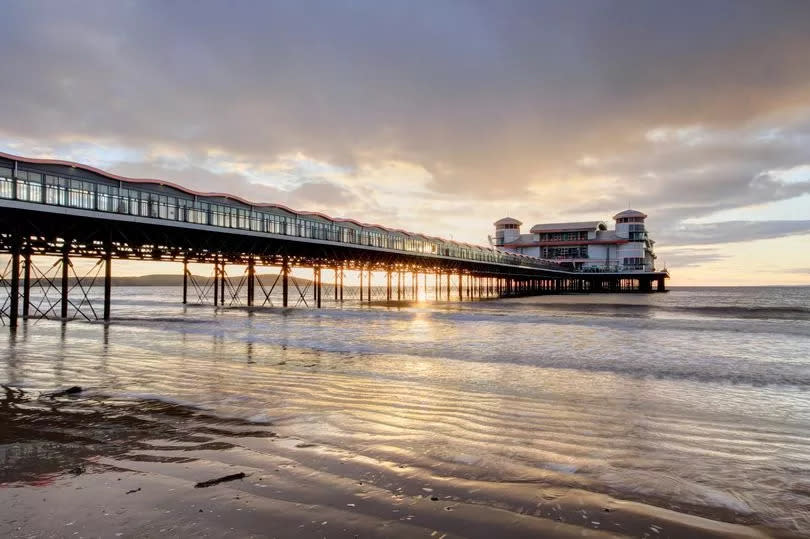
The population explosion in Weston - all that new development between the M5 and the town - means major changes to the constituency. It is essentially being cut in two on July 4. Everything that was in the Weston area that was east of the M5 before, is now in the new Wells and Mendip Hills seat. So that’s: Congresbury, Lower Langford, Burrington, Churchill, Winscombe, Banwell Puxton, Loxton and Hewish. The new-look Weston-super-Mare seat is now much smaller, and covers everything between the M5 and the sea, and the River Yeo and Brean Down.
What will it mean? Conservative John Penrose had a huge 17,121 majority from Labour last time around. Constricting the area so that it is pretty much just Weston and the new suburbs towards the M5 - and not the rural villages out beyond the M5 - should give Labour candidate Daniel Aldridge hope of an upset.

 Yahoo News
Yahoo News 
